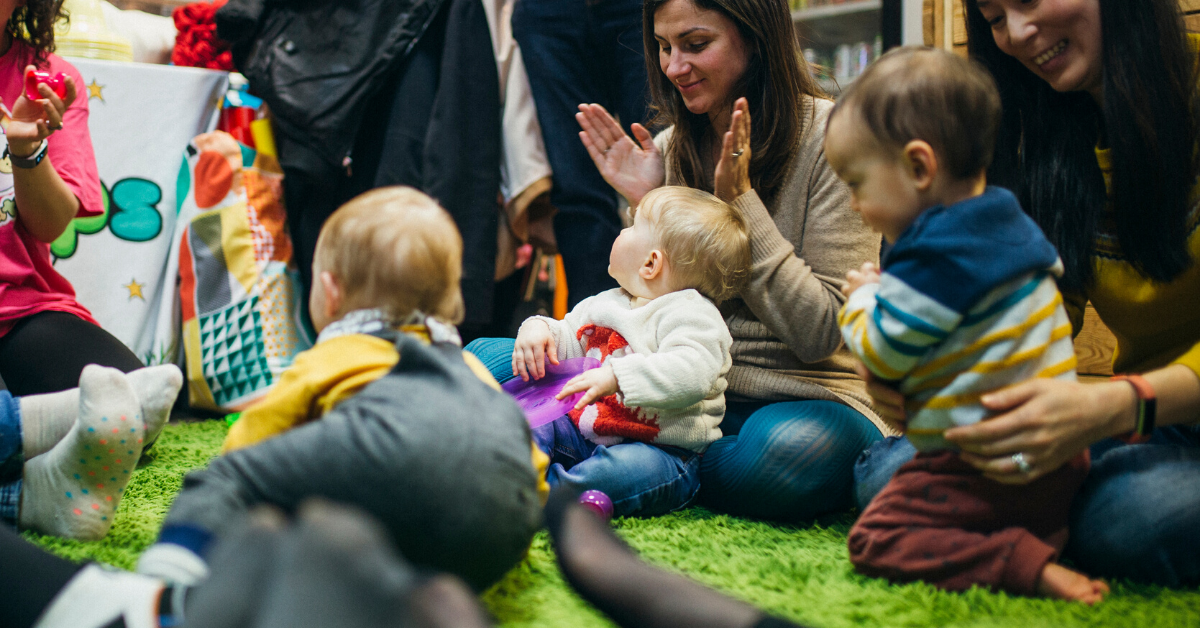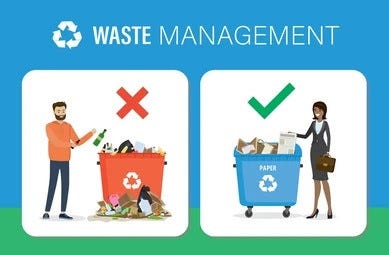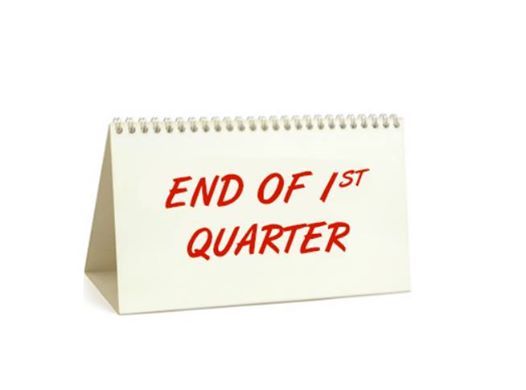The Philippines is a country known for its rich biodiversity
and vibrant culture. However, it also faces numerous challenges, such as
natural disasters and social inequality. Building resilience is crucial for the
nation to overcome these obstacles and ensure a better future. Resilience
refers to the ability to adapt and recover from difficult situations. By
implementing effective strategies in disaster preparedness, sustainable
development, and social inclusion, the Philippines can move towards becoming a more
resilient nation.

Firstly, disaster preparedness is vital in ensuring the
resilience of the Philippines. The country is prone to frequent typhoons,
earthquakes, and volcanic eruptions. To mitigate the impact of these disasters,
the government and local communities should work hand in hand to enhance early
warning systems, establish emergency shelters, and promote disaster awareness
campaigns. By investing in infrastructure and education, individuals and
communities can be better equipped to respond and recover from catastrophes
effectively.
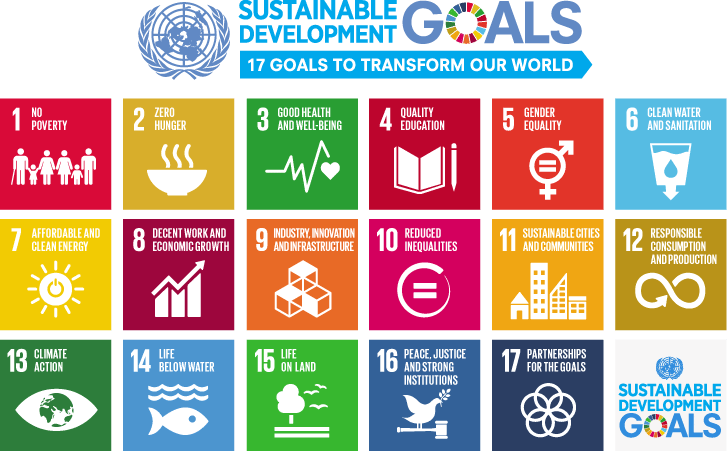
Secondly, sustainable development plays a significant role in
building resilience. The Philippines is blessed with abundant natural
resources, which must be utilized responsibly to ensure the well-being of
future generations. Promoting sustainable practices like renewable energy,
environmental conservation, and responsible tourism can help protect both the
environment and the economy. Implementing laws that prioritize sustainable
practices will contribute to a resilient nation by promoting economic growth
while preserving natural resources.

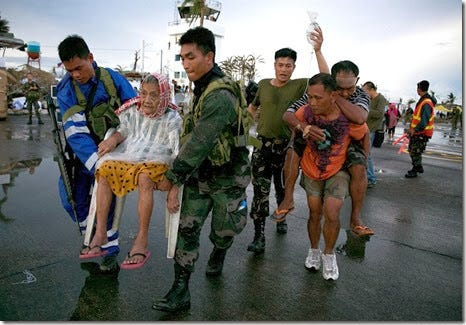
Lastly, achieving social inclusion is
crucial for building a resilient Philippines. Despite the country's rich
cultural diversity, many Filipinos experience social inequality, poverty, and
marginalization. It is important for the government and the society to work
together to provide equal opportunities for all, regardless of gender,
ethnicity, or socioeconomic background. By investing in education, healthcare,
and livelihood programs, the country can uplift the lives of its citizens and
strengthen their ability to cope with challenges. Building a society that
values inclusivity will not only enhance resilience but also foster unity and
harmony among its people.
Building a resilient Philippines
requires a concerted effort from both the government and the society. Disaster
preparedness, sustainable development, and social inclusion are vital
components of this journey. By prioritizing these aspects, the country can effectively
adapt and recover from challenges, ensuring a brighter and more prosperous
future for all its citizens. It is up to the younger generations, like us high
school students, to advocate for and actively participate in initiatives that
promote resilience. Together, we can create a resilient Philippines that
thrives amidst adversities.
RESOURCES
https://www.google.com/url?sa=i&url=https%3A%2F%2Fwww.unicef.org%2Fphilippines%2Fstories%2Ffive-years-after-typhoon-haiyan&psig=AOvVaw3BmSgjhReDsC1mQXSgDglD&ust=1699624715261000&source=images&cd=vfe&opi=89978449&ved=0CBIQjRxqFwoTCPidk6C5toIDFQAAAAAdAAAAABAE
https://www.google.com/url?sa=i&url=https%3A%2F%2Fwww.un.org%2Fsustainabledevelopment%2Fblog%2F2015%2F12%2Fsustainable-development-goals-kick-off-with-start-of-new-year%2F&psig=AOvVaw0ZMdfkVljYq3ZsU3Lt6uyg&ust=1699624970959000&source=images&cd=vfe&opi=89978449&ved=0CBIQjRxqFwoTCLCB3Zi6toIDFQAAAAAdAAAAABAE
https://www.google.com/url?sa=i&url=https%3A%2F%2Ftwitter.com%2FPhilippineStar%2Fstatus%2F1403302479974977537&psig=AOvVaw0dJizNrZ_Hn7y-aivmKFcF&ust=1699625444505000&source=images&cd=vfe&opi=89978449&ved=0CBIQjRxqFwoTCMDJqvq7toIDFQAAAAAdAAAAABAJ
https://miro.medium.com/v2/resize:fit:932/1*dAtrH_weS3fIJTWyVDNccw.jpeg


